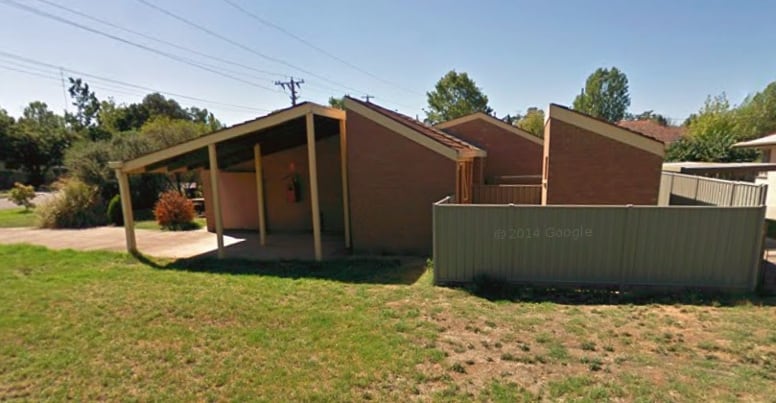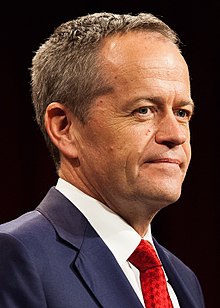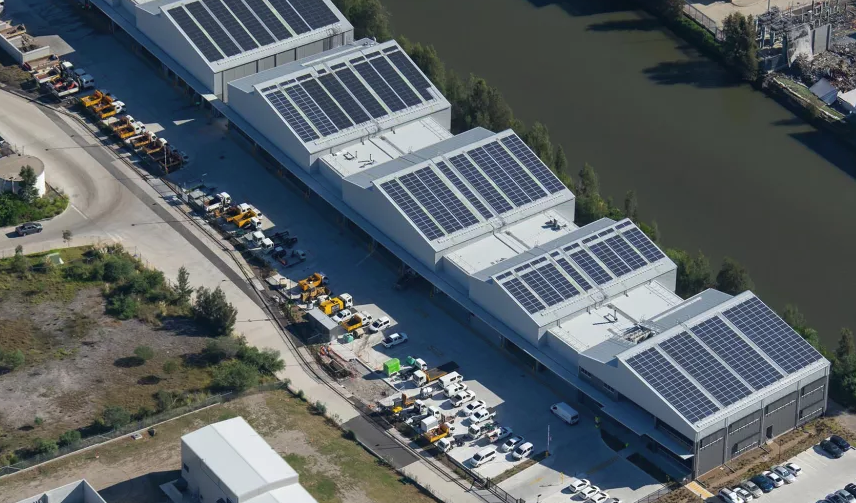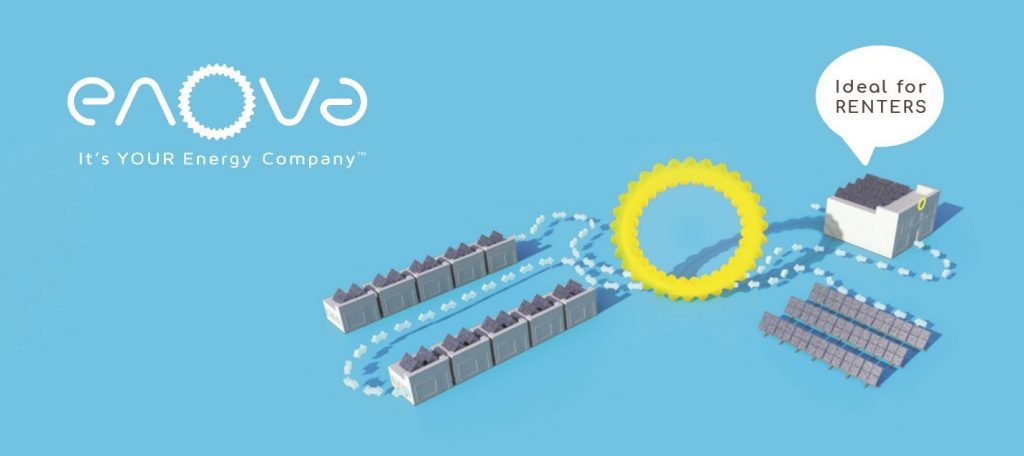The Sunshine Coast Solar Farm has been live for a year, and, as the second largest solar farm in Queensland, is on track to deliver $22m in savings over the next 30 years.
Sunshine Coast Solar Farm Savings
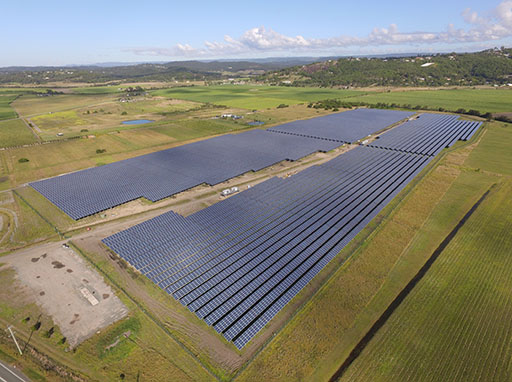
Also known as the Valdora solar farm, the 15MW and $50m Sunshine Coast Solar Farm was opened last year, allowing the Sunshine Coast Council to be the first local governments in Australia to offset 100% of its energy usage from a renewable source. Sunshine Coast acting Mayor Tim Dwyer has made some comments to the Sunshine Coast Daily about its progress:
“The Sunshine Coast Solar Farm has saved council $1.7 million – more than double the amount we’d hoped for in the first year,” Cr Dwyer said.
“We have met our offset goal as well – offsetting more than 100% of council’s energy use across all our facilities and operations.
“We’ve generated more than 26,300 megawatt hours of energy in 12 months. To put that into perspective, the average Australian home uses around six megawatt hours per year.
“We’ve saved more than 20,500 tonnes in carbon emissions – the equivalent of taking about 4300 cars off the road for one year.
“Council’s solar farm project has also received three prestigious awards for boosting productivity through infrastructure, sustainability excellence and planning excellence.
“Our Council is the first local government in the country to deliver a solar farm.
“With projects like the solar farm, we are delivering on our vision to be Australia’s most sustainable region – healthy, smart, creative.”
According to the Sunshine Coast Council website, it’s also the first solar farm in Australia which operates at 1500 volts DC, allowing it to operate more efficiently.
Mayor Mark Jamieson said farm will allow the local council to take control of its own electricity supply, helping with rising electricity costs and also providing an environmentally friendly way to run their facilities:
“All power consumed at all of council’s facilities, including our administration buildings, aquatic centres, community and performance venues, as well as holiday parks, libraries, art galleries and sporting facilities, will be offset with energy from a renewable source thanks to this nation-leading project,” Mayor Jamieson said.

